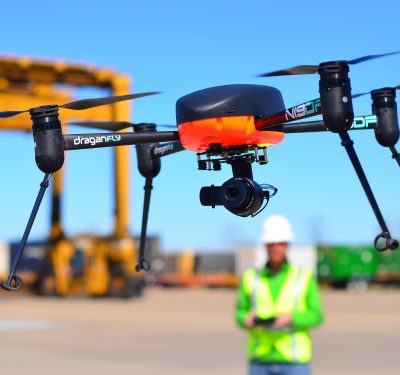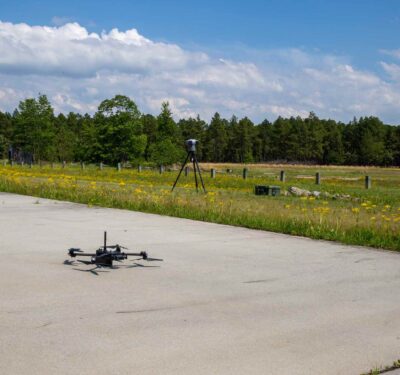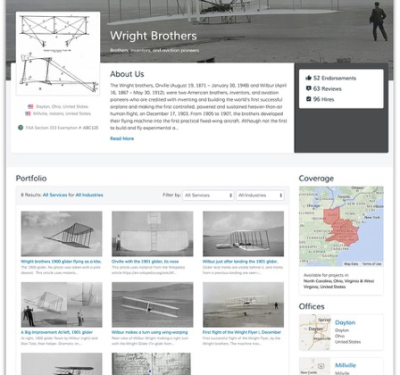
Even in today’s connected world, there are 4 billion people worldwide who don’t have access to the Internet. Facebook plans to change that, and plans to use drones as one way to do it.
The company is developing a V-shaped solar drone prototype that will feature a wingspan greater than a Boeing 737 and mass greater than a small car, according to a Mashable article. They showed photos of the prototype—code named Aquila—during a keynote at the company’s annual F8 Developer Conference in San Francisco earlier this week.
The drone has already completed its first test flight in the U.K., a fact Facebook CEO Mark Zuckerberg announced on his Facebook page, according to the article.
“It will be powered by solar panels on its wings and it will be able to stay at altitudes of more than 60,000 feet for months at a time,” Zuckerberg said, according to the article. “Aircraft like these will help connect the whole world because they can affordably serve the 10% of the world’s population that live in remote communities without existing Internet infrastructure.”
Aquila is part of Facebook’s new Connectivity Lab, which will research and test drones as well as other experimental technology, such as satellites and lasers, to “spread the reach of the Internet to isolated locations that currently do not have Internet,” according to a CNN article.
Facebook has brought in aerospace experts from NASA and the team who built the solar-powered drone Zephyr to work on this project, according to the CNN article. They’re working with drones that have the ability to stay airborne for months at a time to bring Web connectivity to suburban areas. Satellites will be tested in more rural areas, and the hope is invisible infrared laser beams will make it possible to deliver speedier long distance connections to these areas.
This announcement comes a year after Facebook introduced Internet.org, a coalition of tech companies looking for ways to spread Internet access via more traditional methods, including lowering the cost of accessing Internet on cell phones, according to the CNN article.






